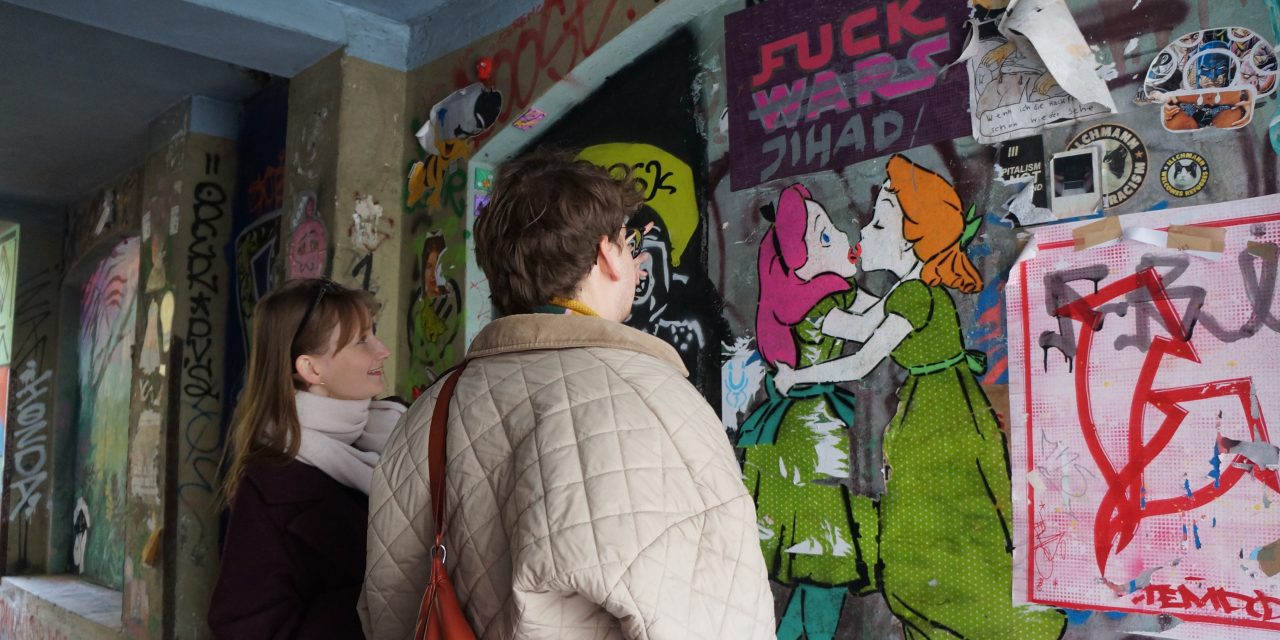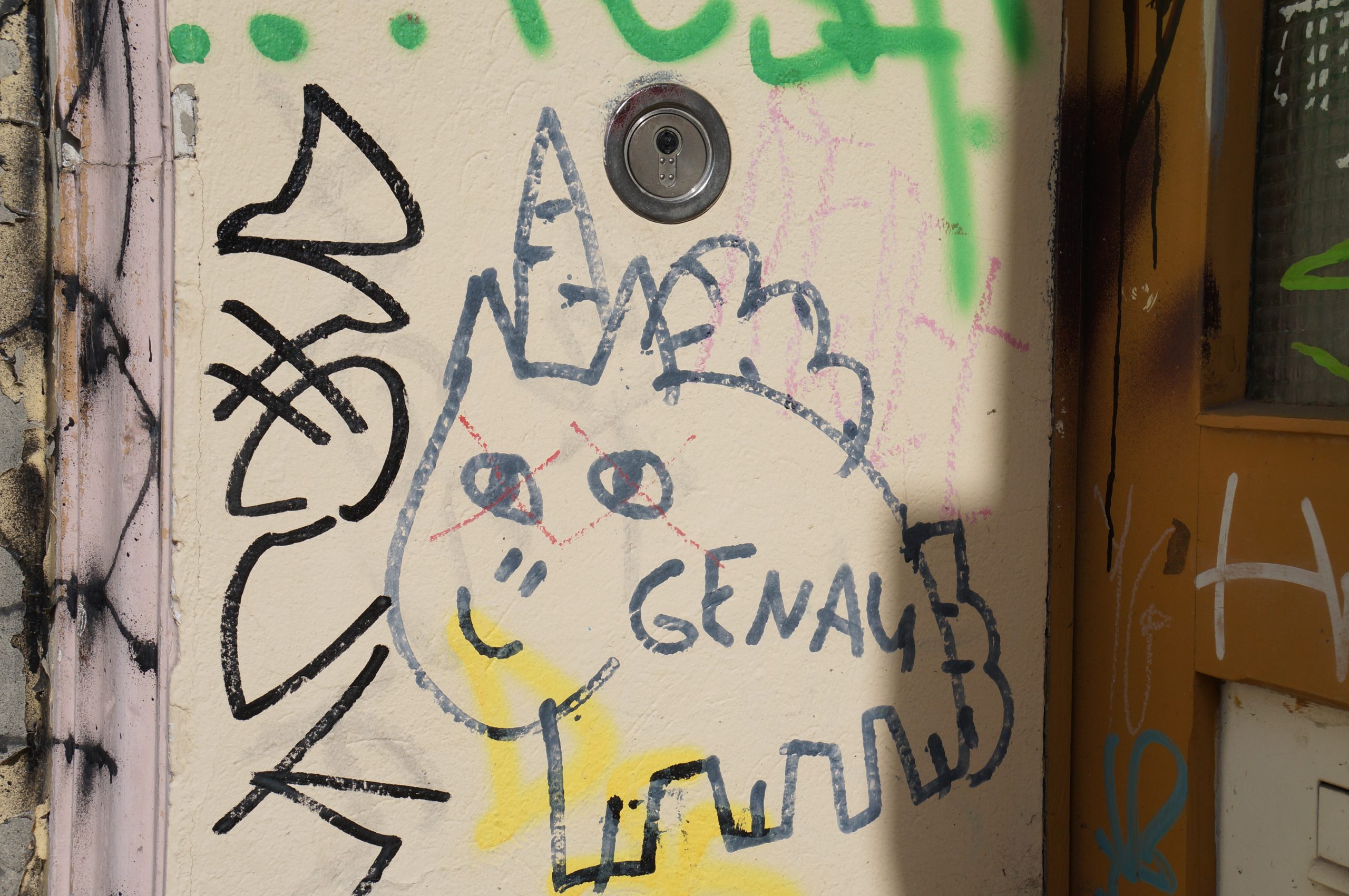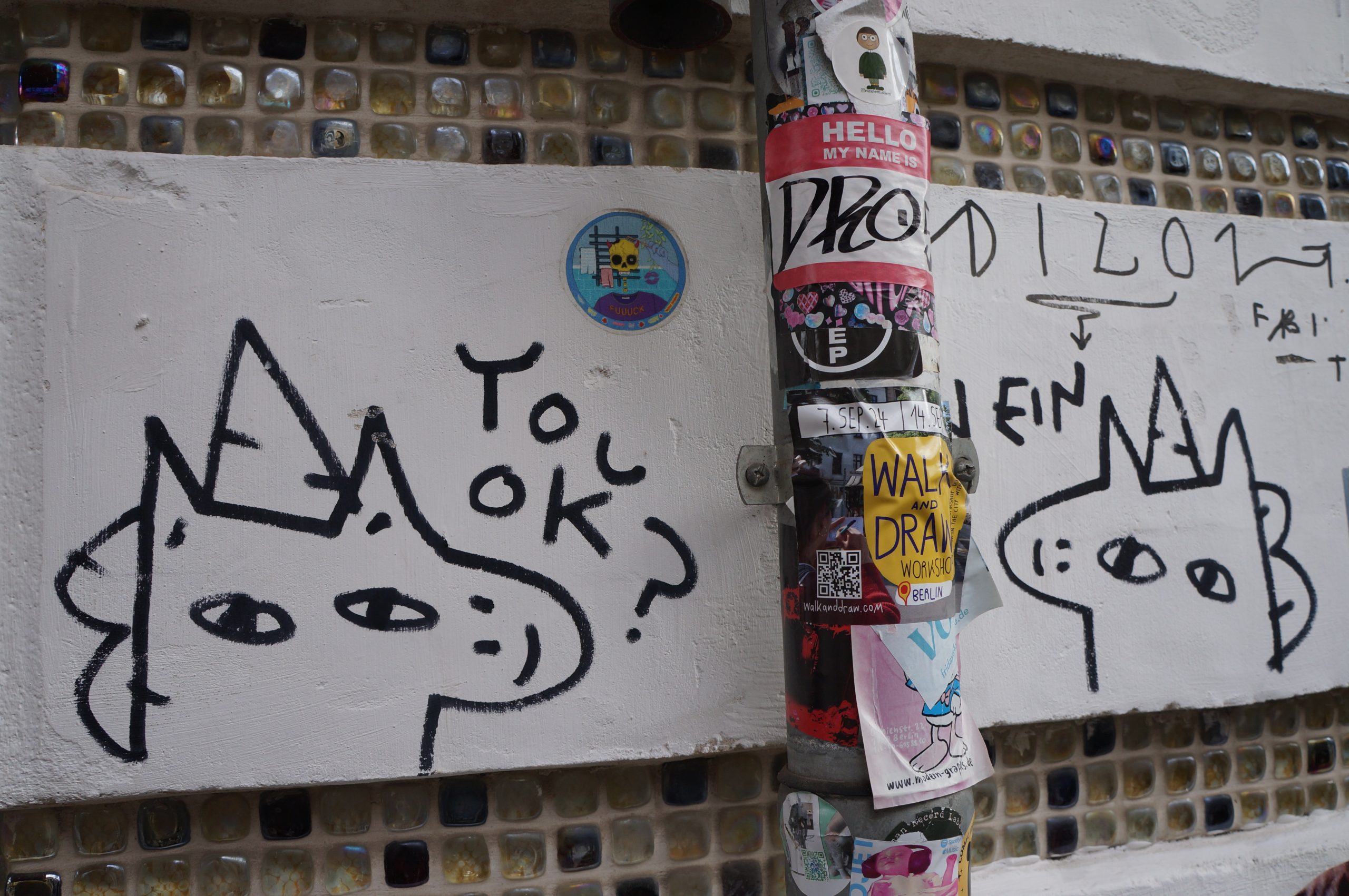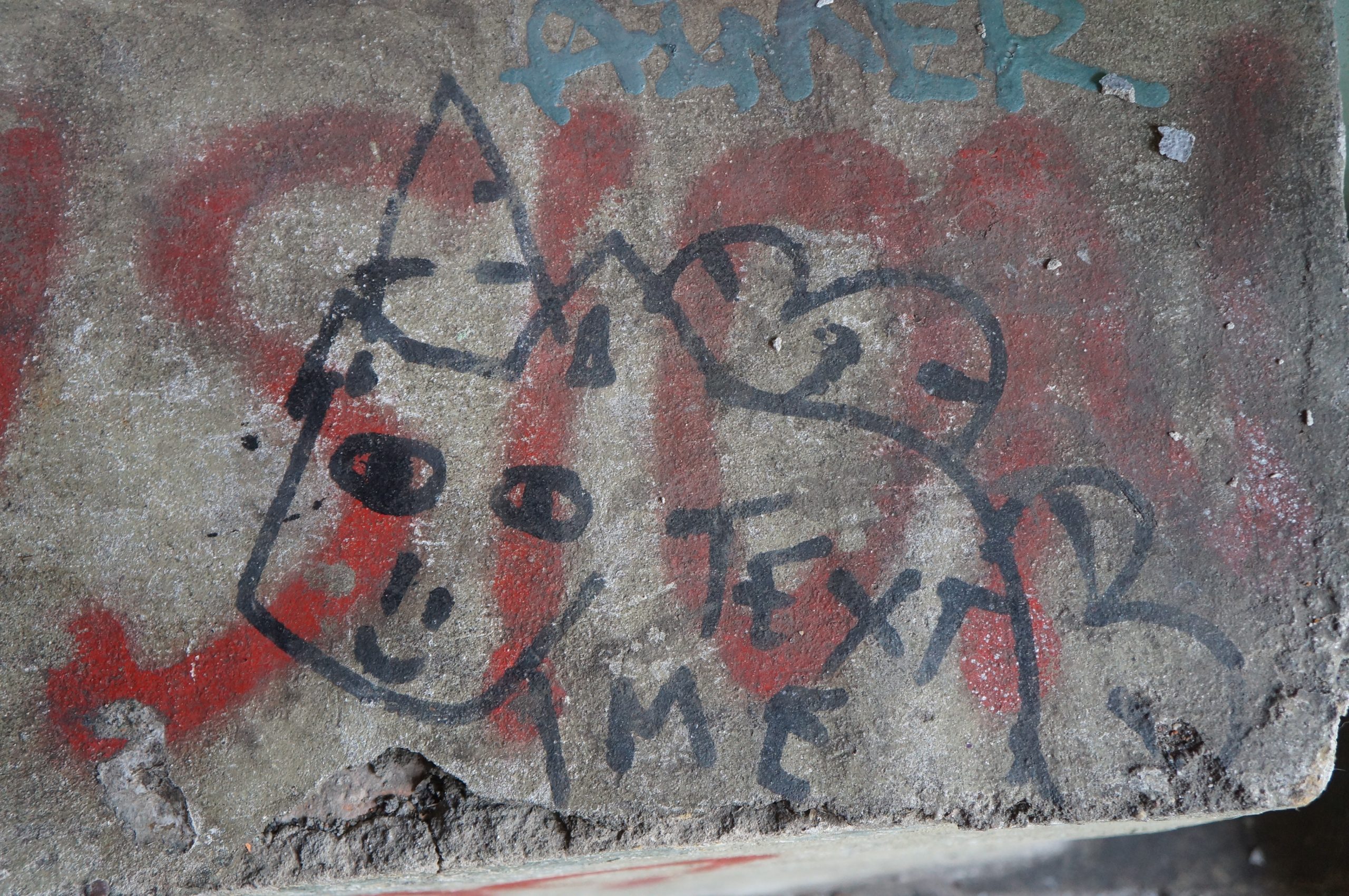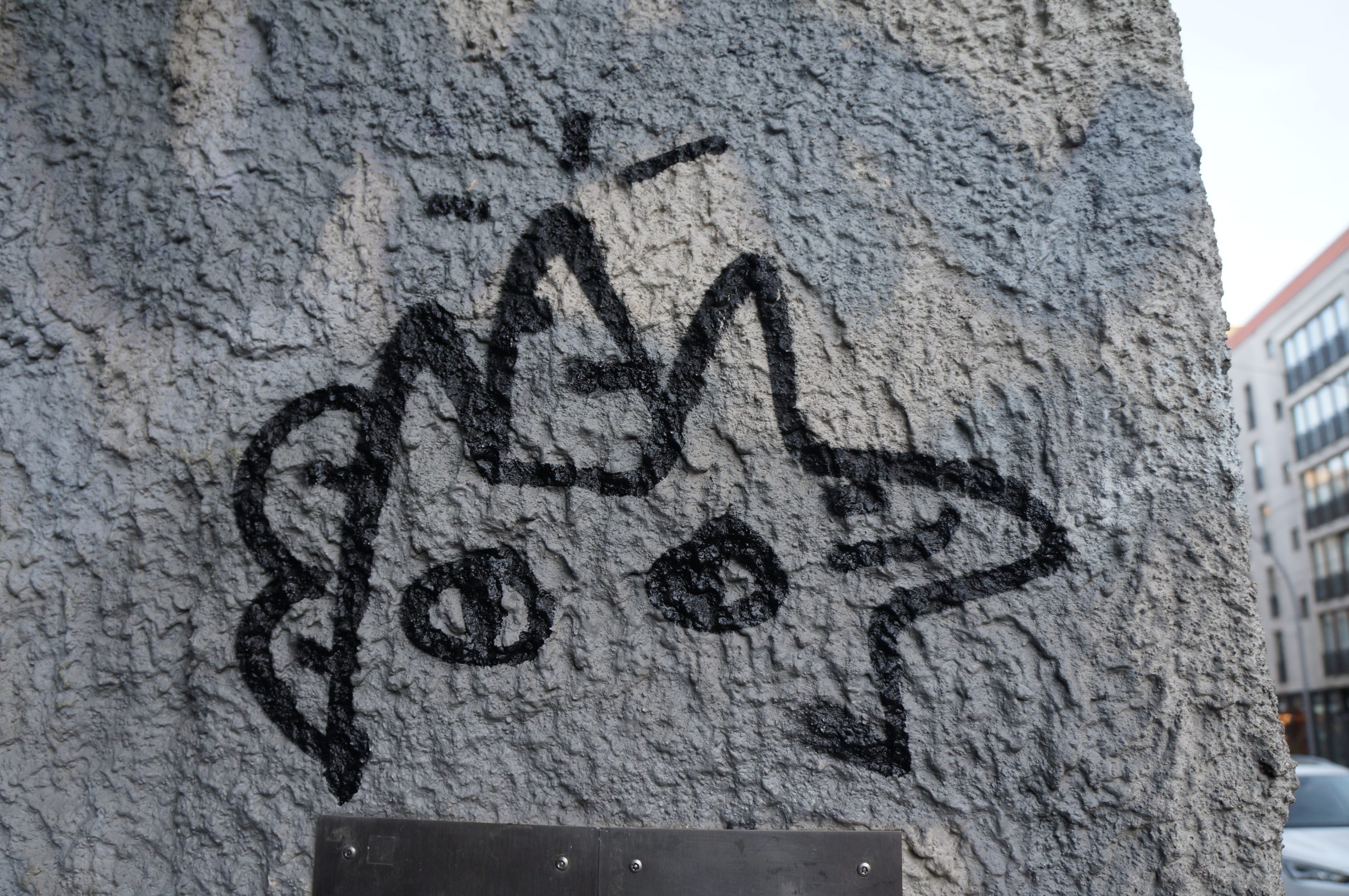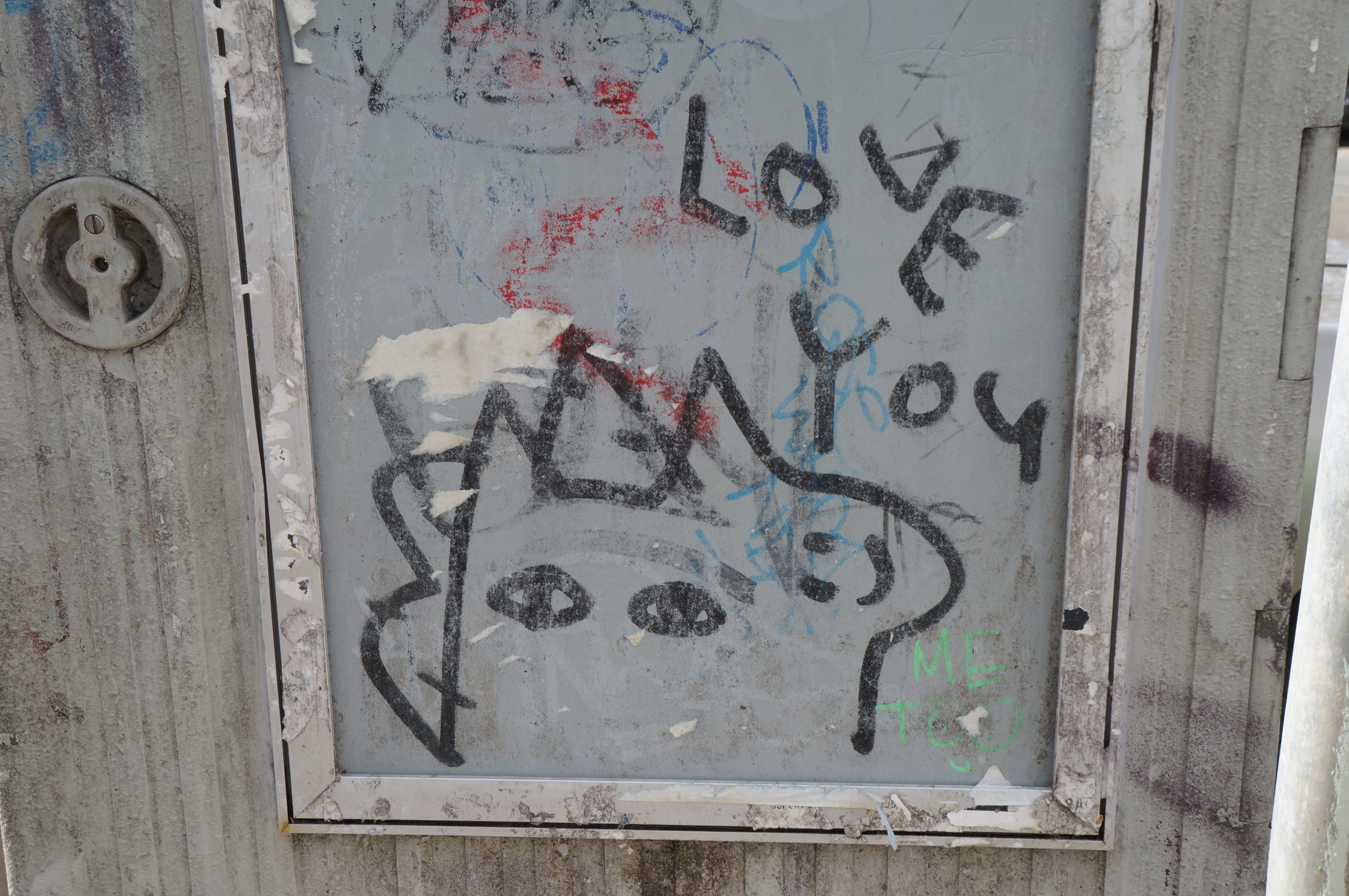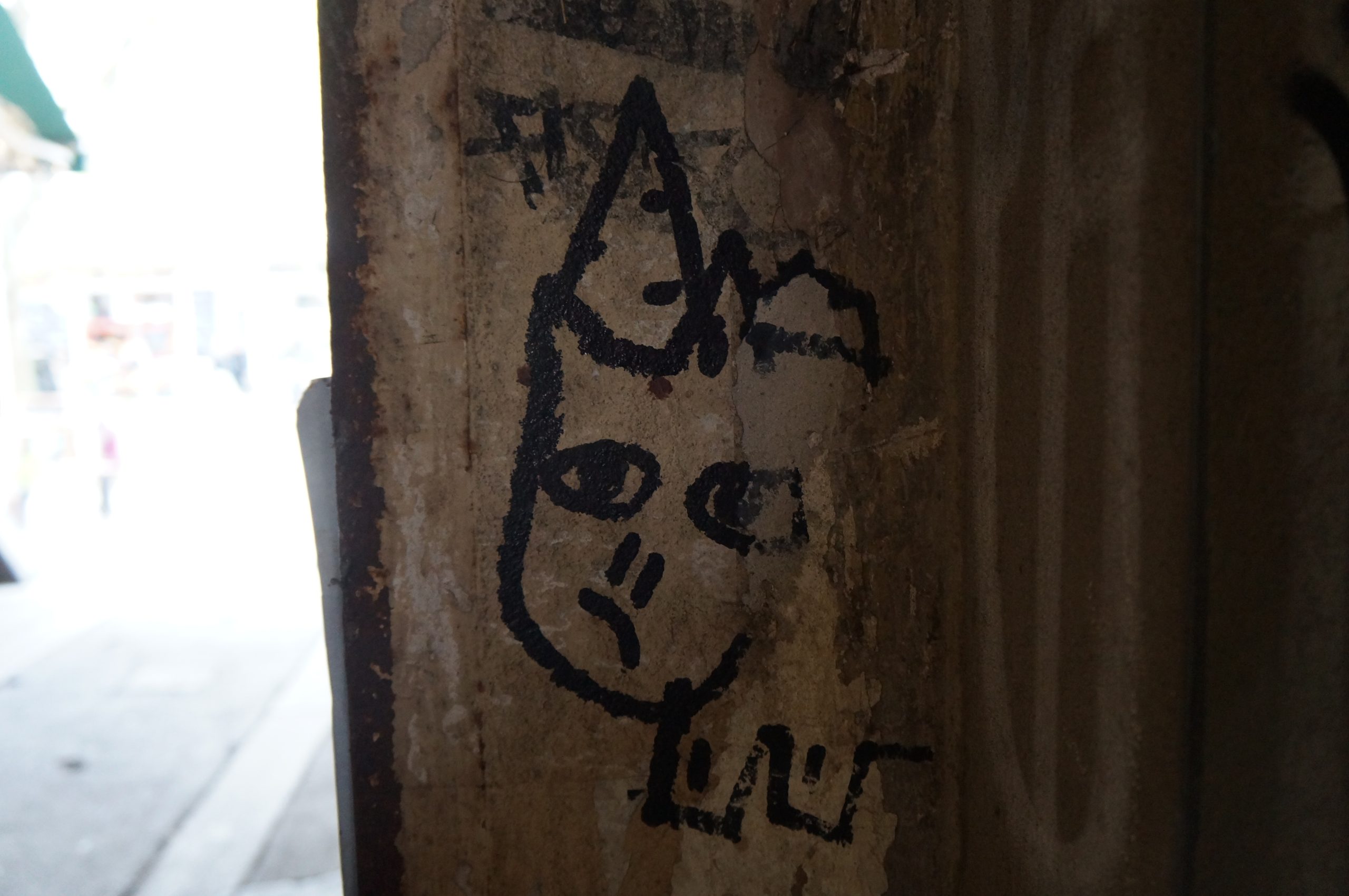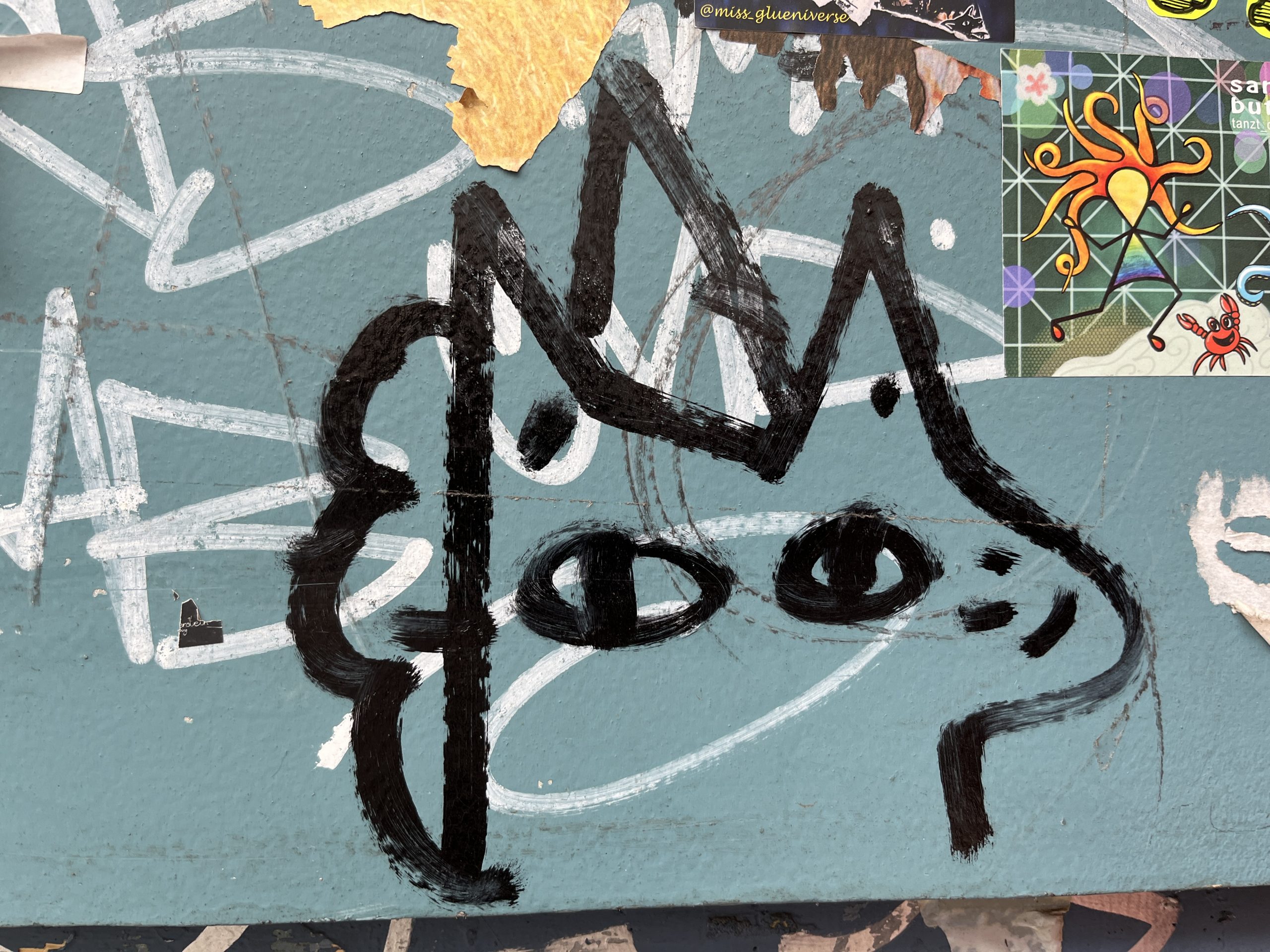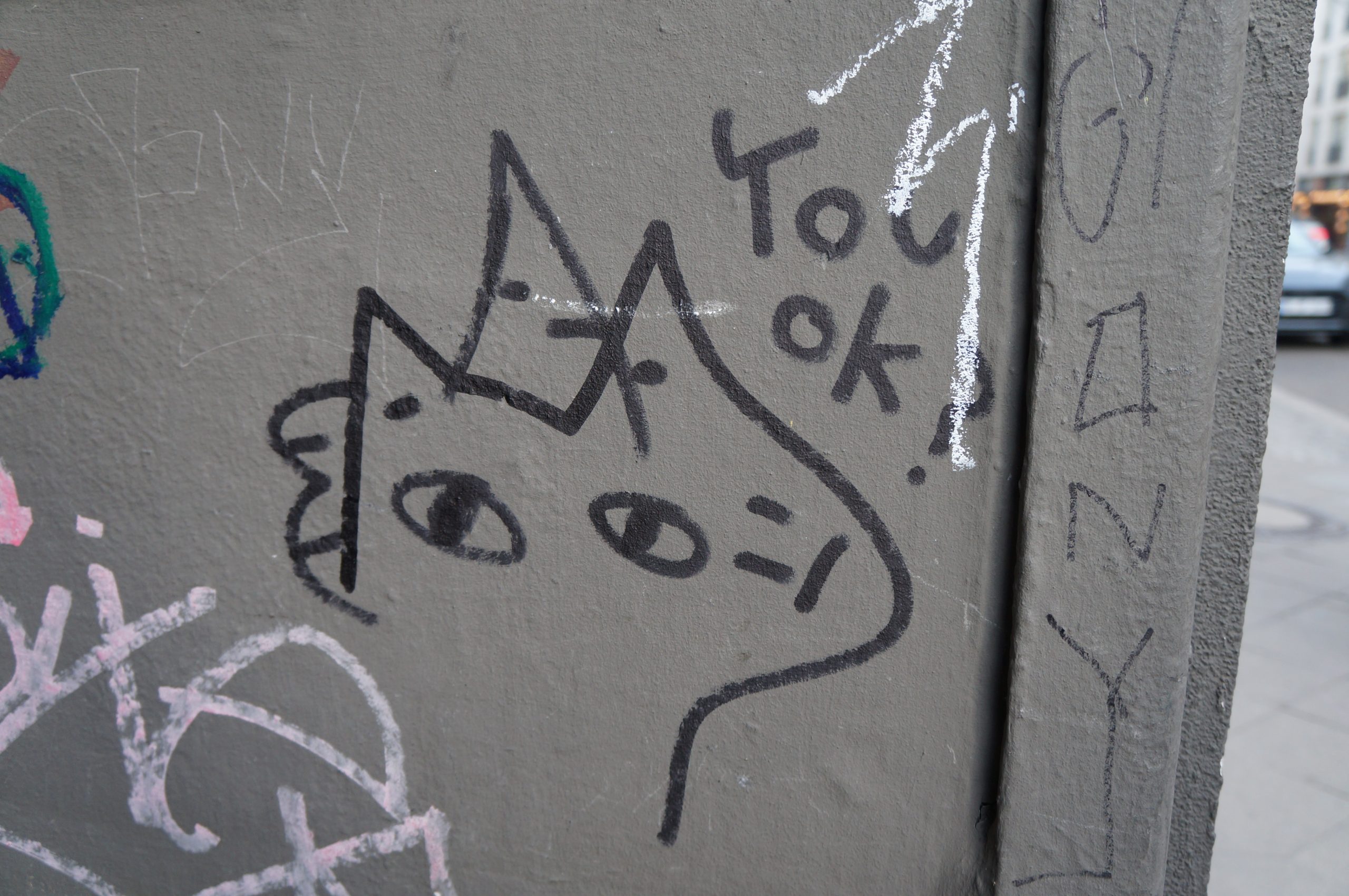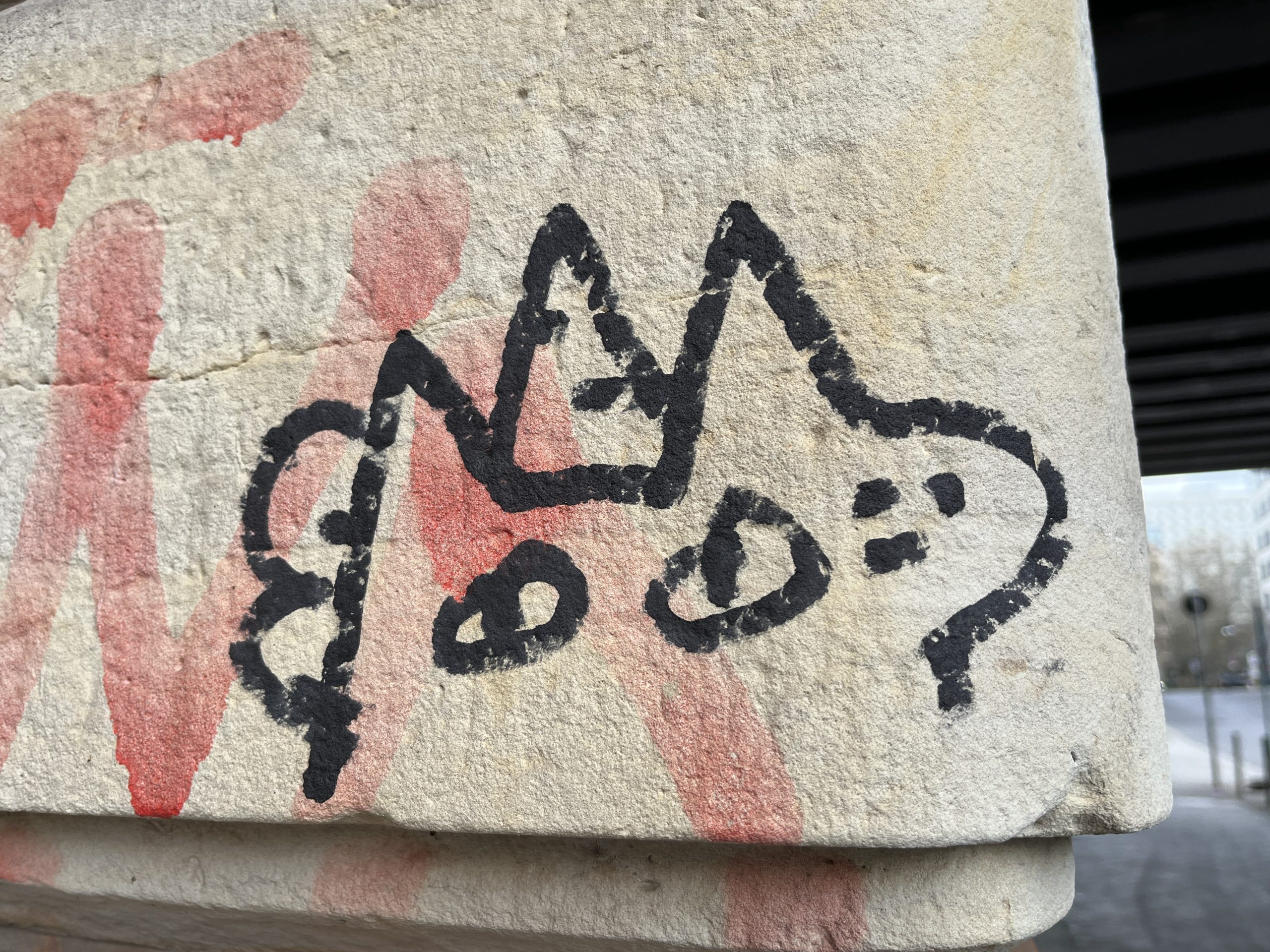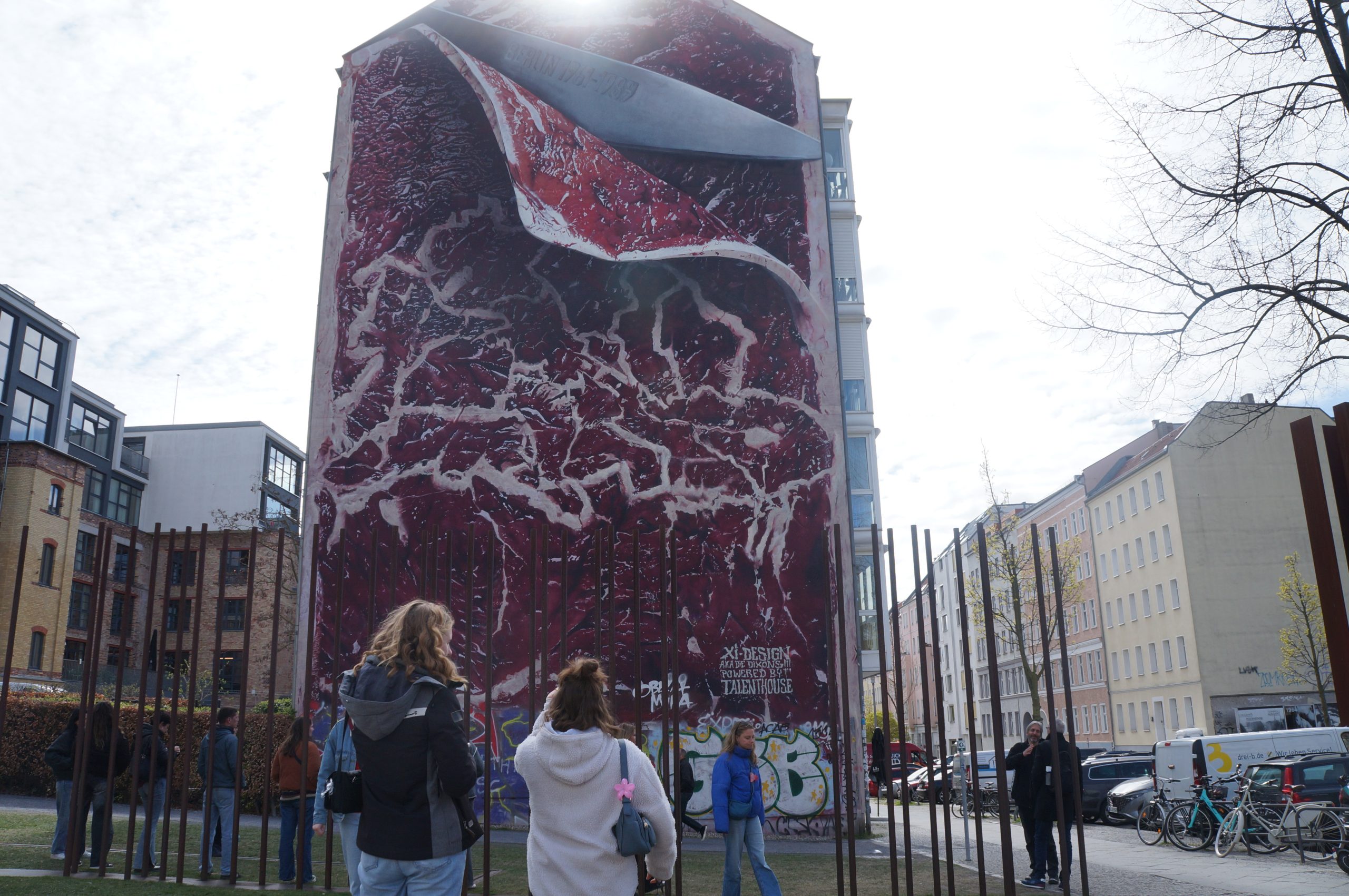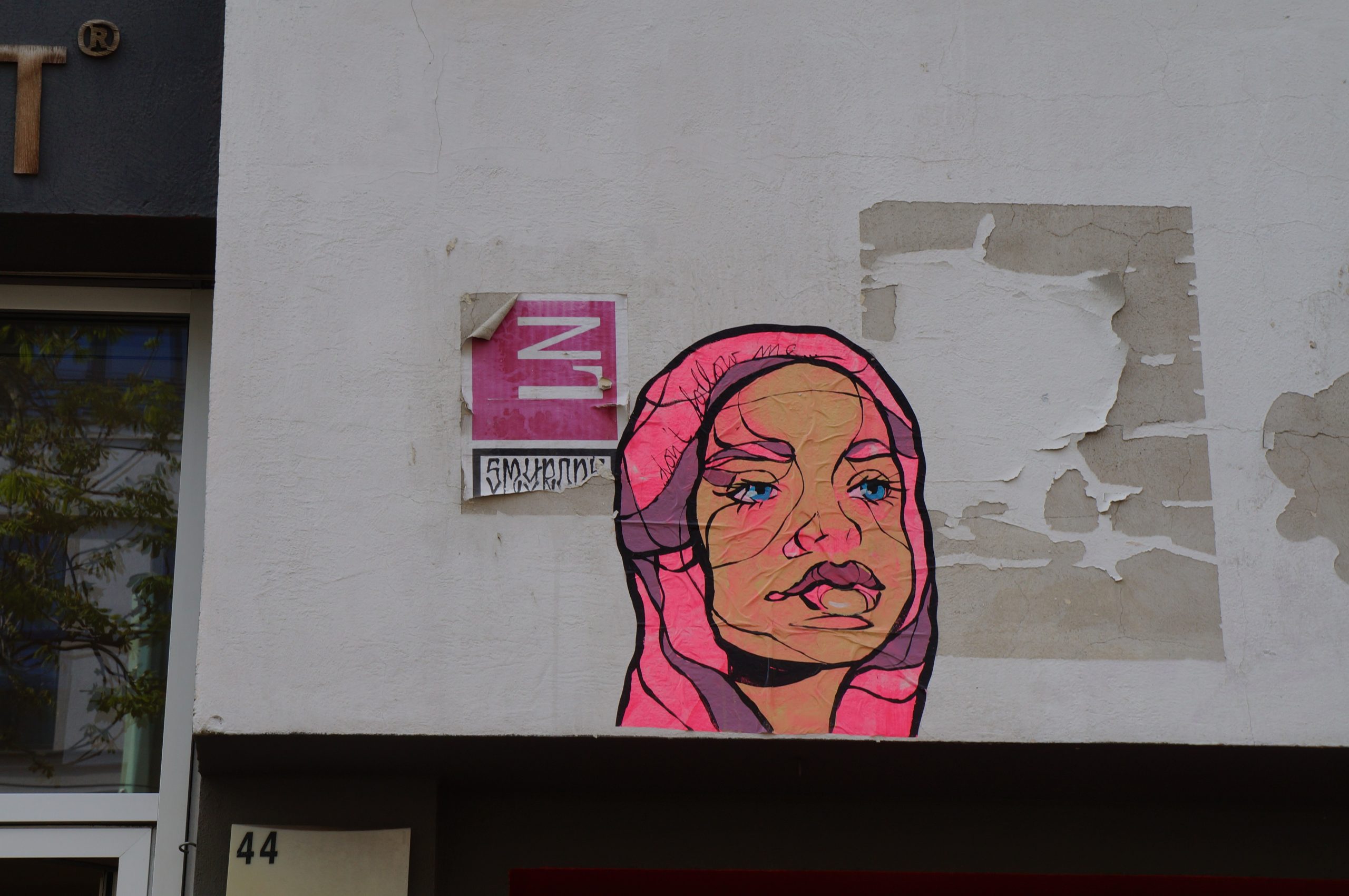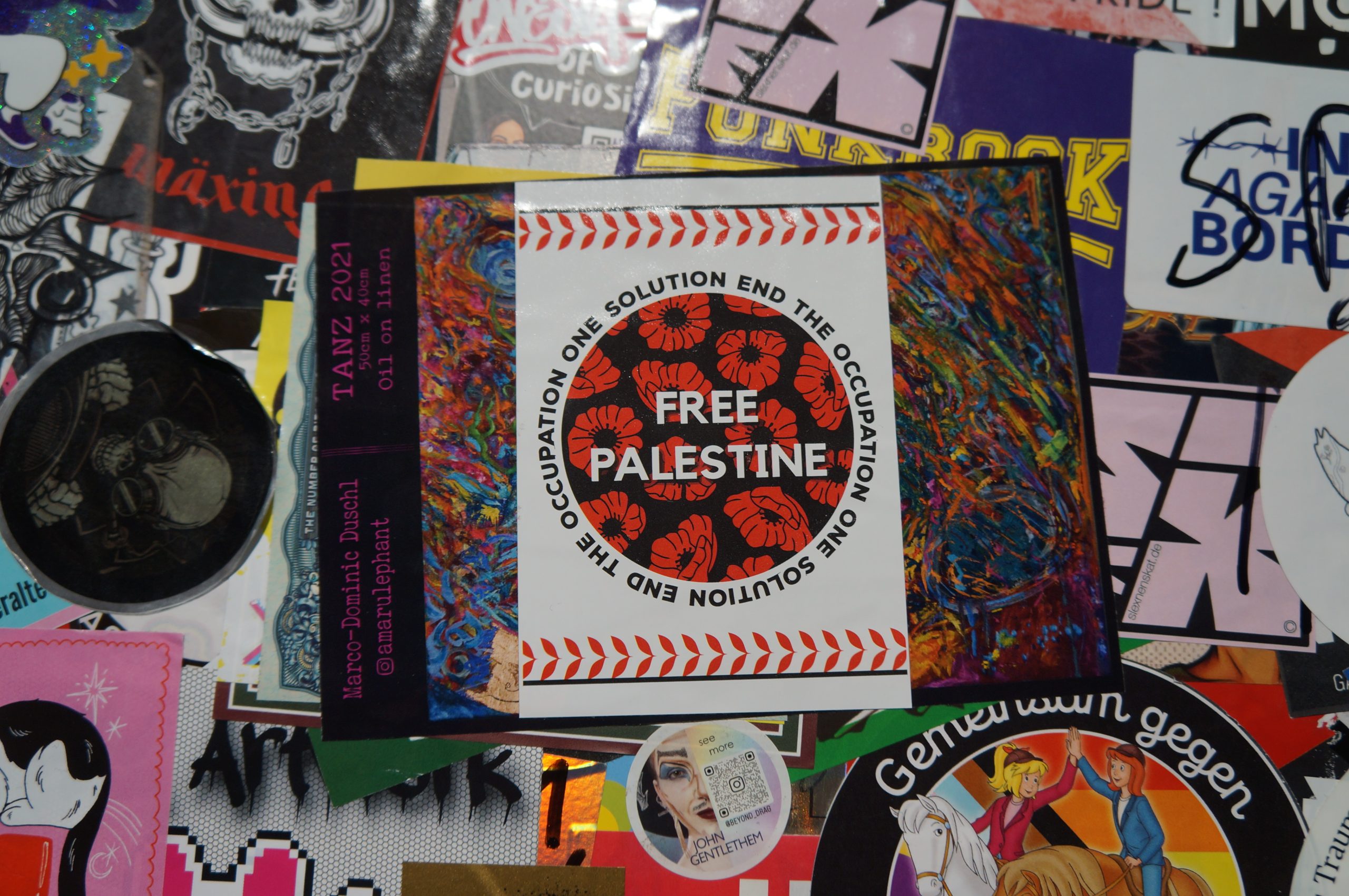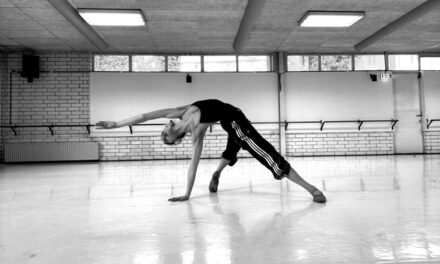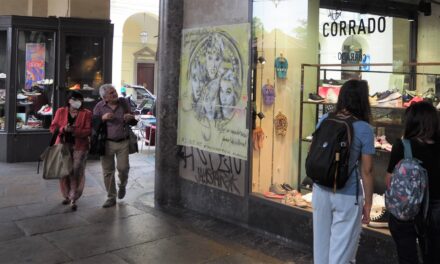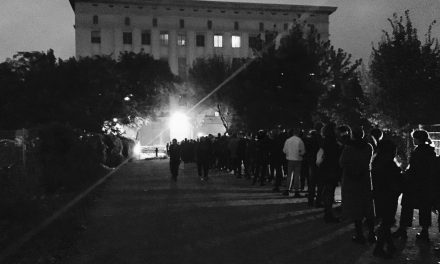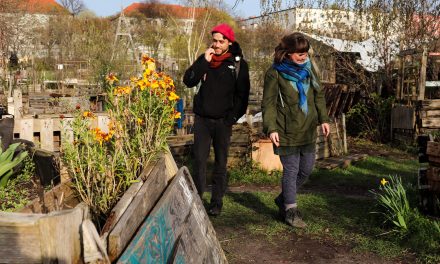Across the bustling city streets of Berlin people pass by unicorns. With two beady eyes watching the people, these painted creatures are found in many different sizes depicting different moods and phrases.
With hundreds of art pieces across the city, though some are legal, many are not, as the culture of this city is art and in this city the limits and boundaries often blur under slack regulations.
Berlin based street artist, El Bocho, says “if you can live with the consequences there are no limits. And that’s the good thing.”
Though the city offers sanctioned spaces for art, many artists stray outside the boundaries and take to the streets for self expression, trusting that they are protected by one law.
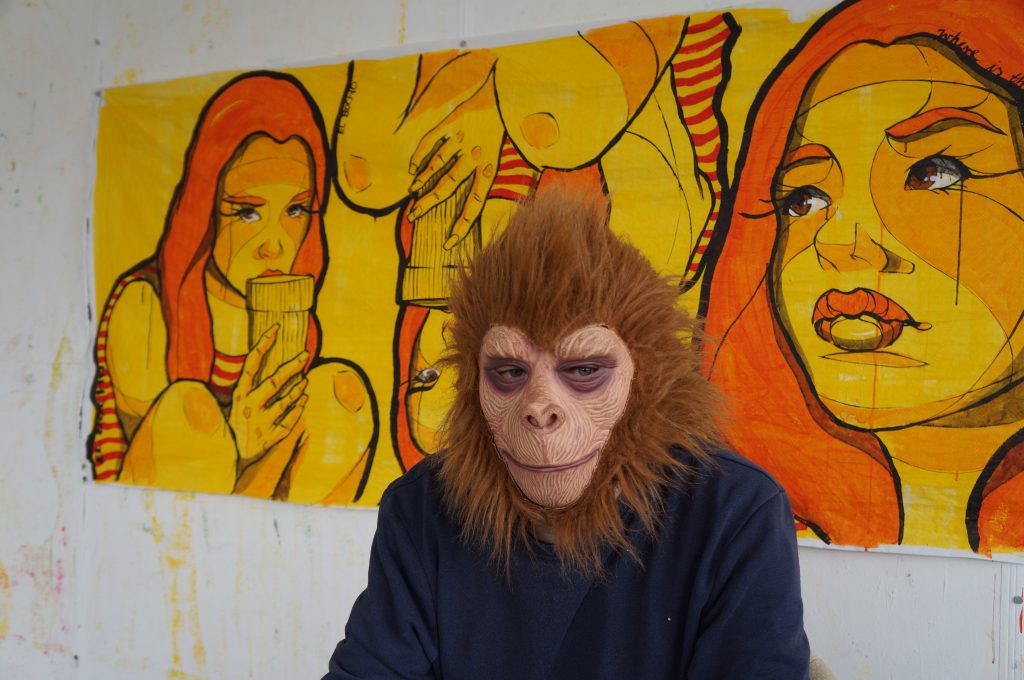
As a professional artist, El Bocho has a certain protected privilege under German law §2 Law on Copyright and Related Rights which establishes that an artist’s works have individual copyrights as intellectual property. This law does not outright protect artists from trouble for illegally painting or posting street art, but once the art is created they do have rights protecting the art they create.
“It’s very important, which says that you can say what you want, but also you can do art. Art is always free. But the problem is that graffiti artists are not artists for the law,” El Bocho says. “But what I do is art because I pay a lot of taxes, and I sell in galleries. So, if there would be really big problems, then I could always say, okay, I’m an artist, so I have freedom. It’s not allowed to destroy things, but I can do a lot.”
Some people, like Giorgio Del Vecchio, a contemporary art tour guide at Fotografiska Museum, view street art as an umbrella term. He says that “the boundaries and the perimeter is always very blurry in a certain sense. Because street art is really something that you express artistically on the street.”
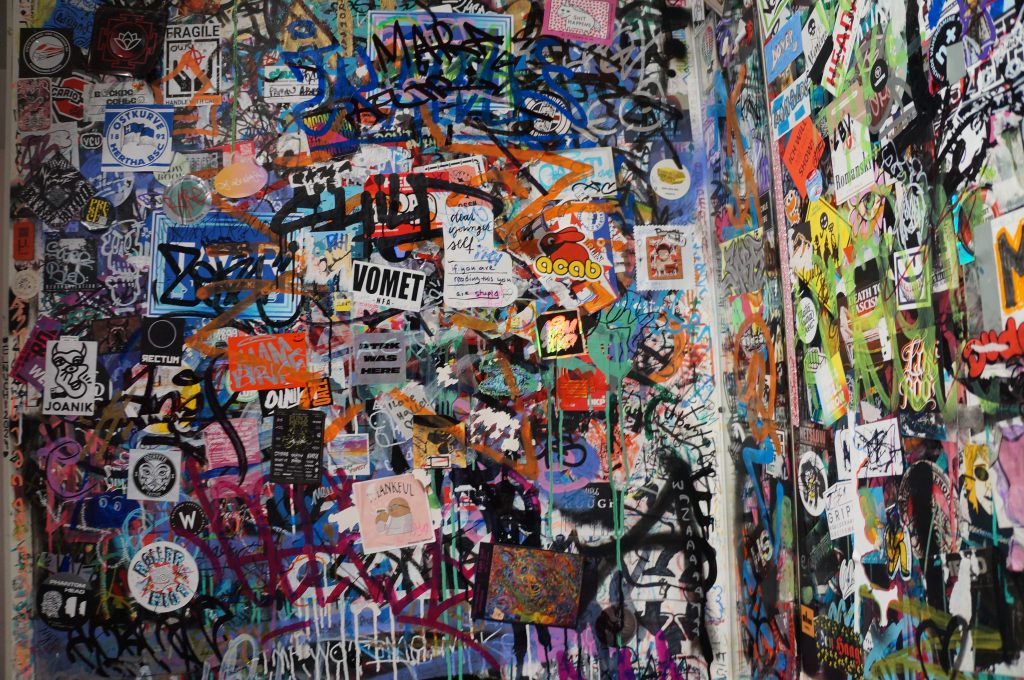
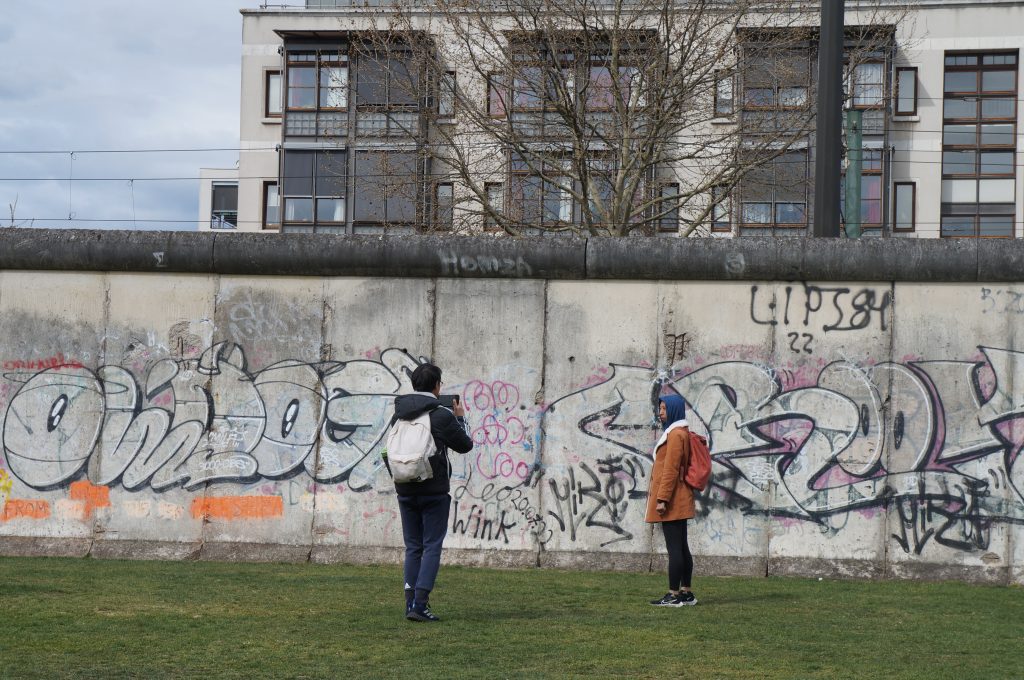
This could include stickers tacked onto street posts or performance art in the streets, alongside more traditional mediums of art like large murals on the sides of buildings.
Street art is influenced by the society it appears in. Del Vecchio says that street art’s limits “depends on the sensibility of the society in which the street art happens, but also on the sensibility of the artist actually.”
Street art is often very political according to Del Vecchio, and is “very often about breaking the rules, so it’s hard.”
For some, street art is about adding to and changing cities. El Bocho says that he creates his art for the public, “I think it’s a mission to change the city and to not only be a consumer but also to design or redesign the cities and to influence the public space.”
Del Vecchio agrees with this idea, and finds that street art is a part of society. “It’s part of our urban area, urban society,” he says. “I think it’s good that people should be given the opportunity to express themselves in the street and on the street. I think it’s for sure very important. And also the discussions that arise are important in a certain sense.” Discussions from art pieces depicting political commentary pieces to unicorn cartoons.
Art sparks new conversation and can inspire people, “if [people] change the art I think it’s good because it’s always good if the art creates more creativity,” El Bocho says. “So the people if they are inspired and they change it or sometimes they paint something besides the piece and they are connected.”
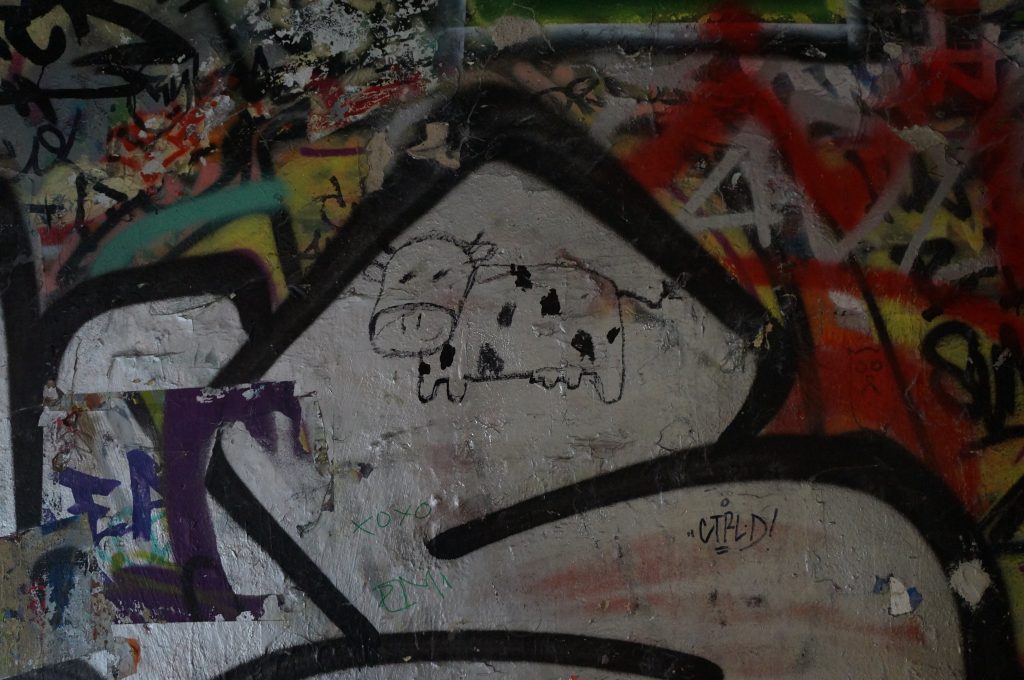
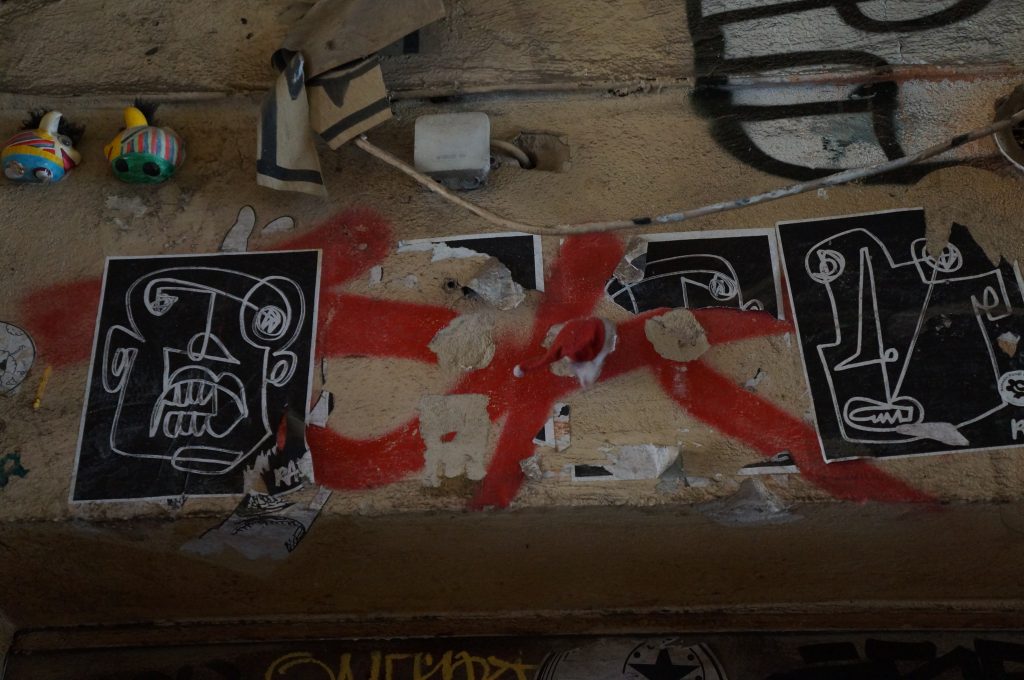
According to El Bocho many art pieces get destroyed or covered up in Berlin and very few of his art pieces survive.
“And yeah, the graffiti artists and also other street artists, they destroy the pieces because they don’t realize that it’s against the place they live,” he says. “It’s not only against me, my person, but they just destroy it for everyone.”
Graffiti artists differ from street artists in the work they produce as they communicate more exclusively to their own community. El Bocho comments that “the letters they write, they are normally only readable for other graffiti artists. So the communication is only in their community and street art is completely different. Street art is open, so if I do something, then everyone in the city should see it and should understand it. So it’s a really open community and open art.”
These mediums are also differentiated from mural artists, who despite creating “street art” in the general sense of the umbrella term, they lose the essence of self expression in the art because of the bureaucracy of it.
Since murals are sanctioned and legal it brings a limitation to the art, they require signatures and permission. Thus they are not as free spirited as street art that is only limited by your abilities and conscience.
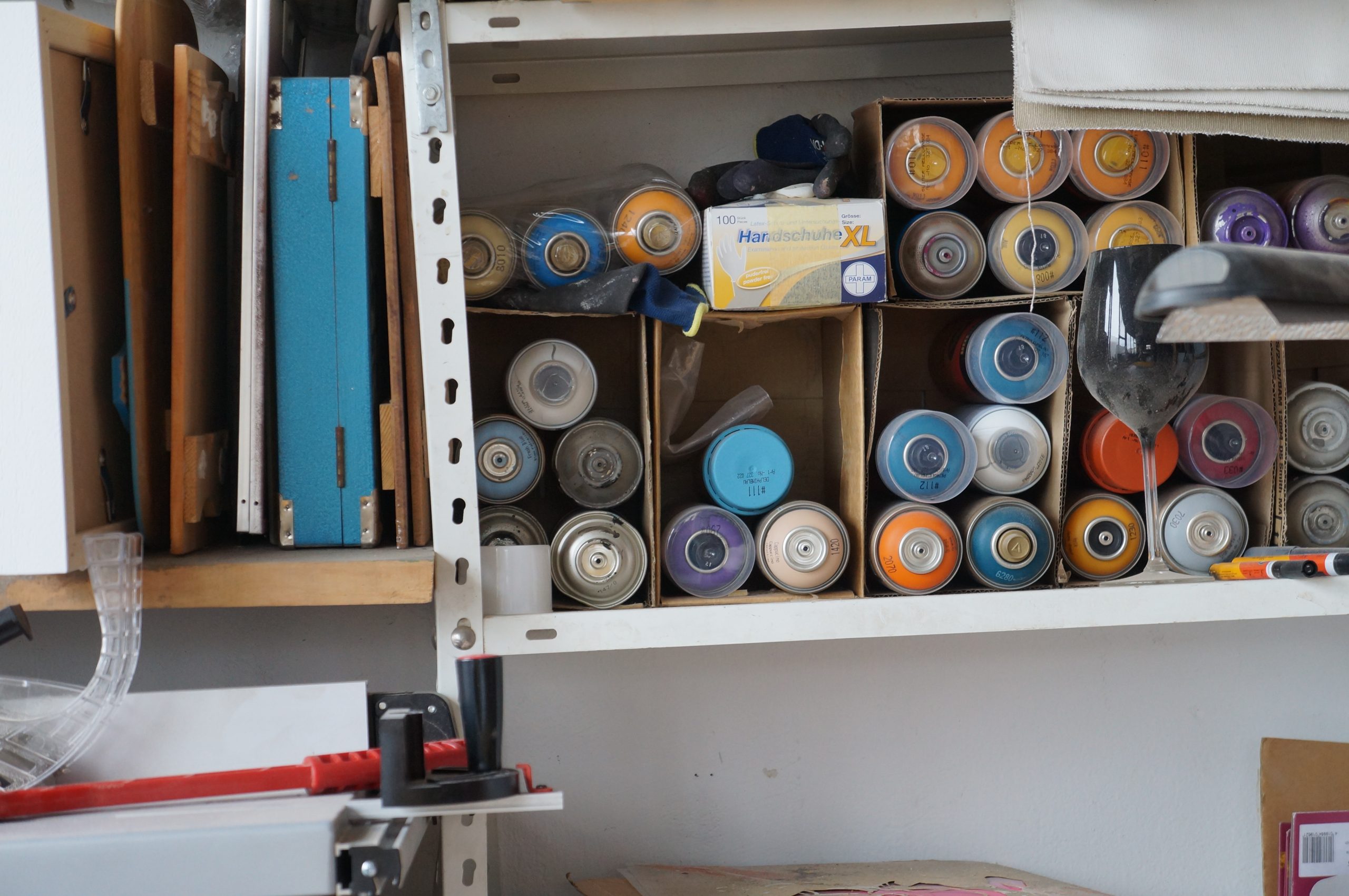
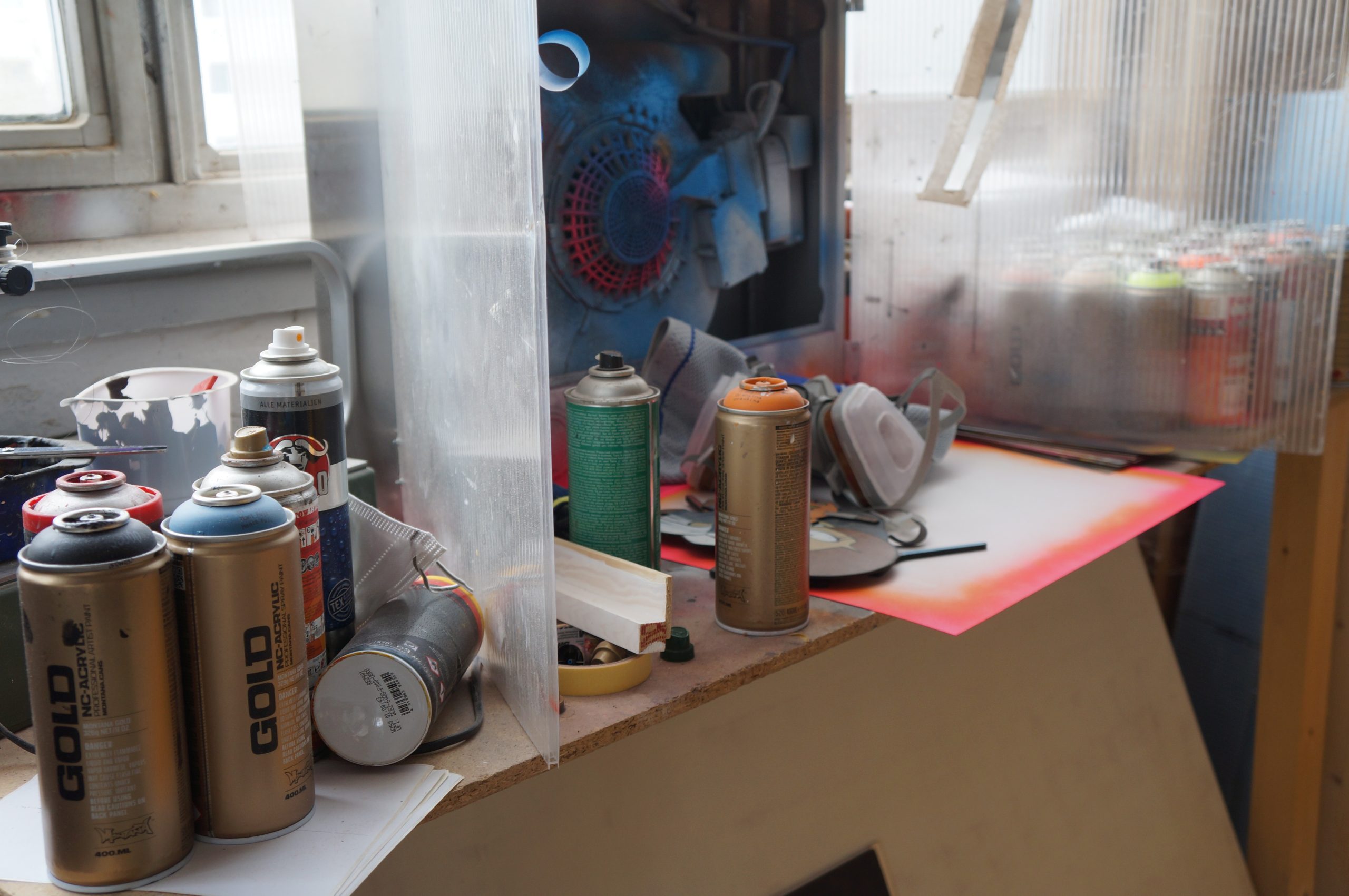
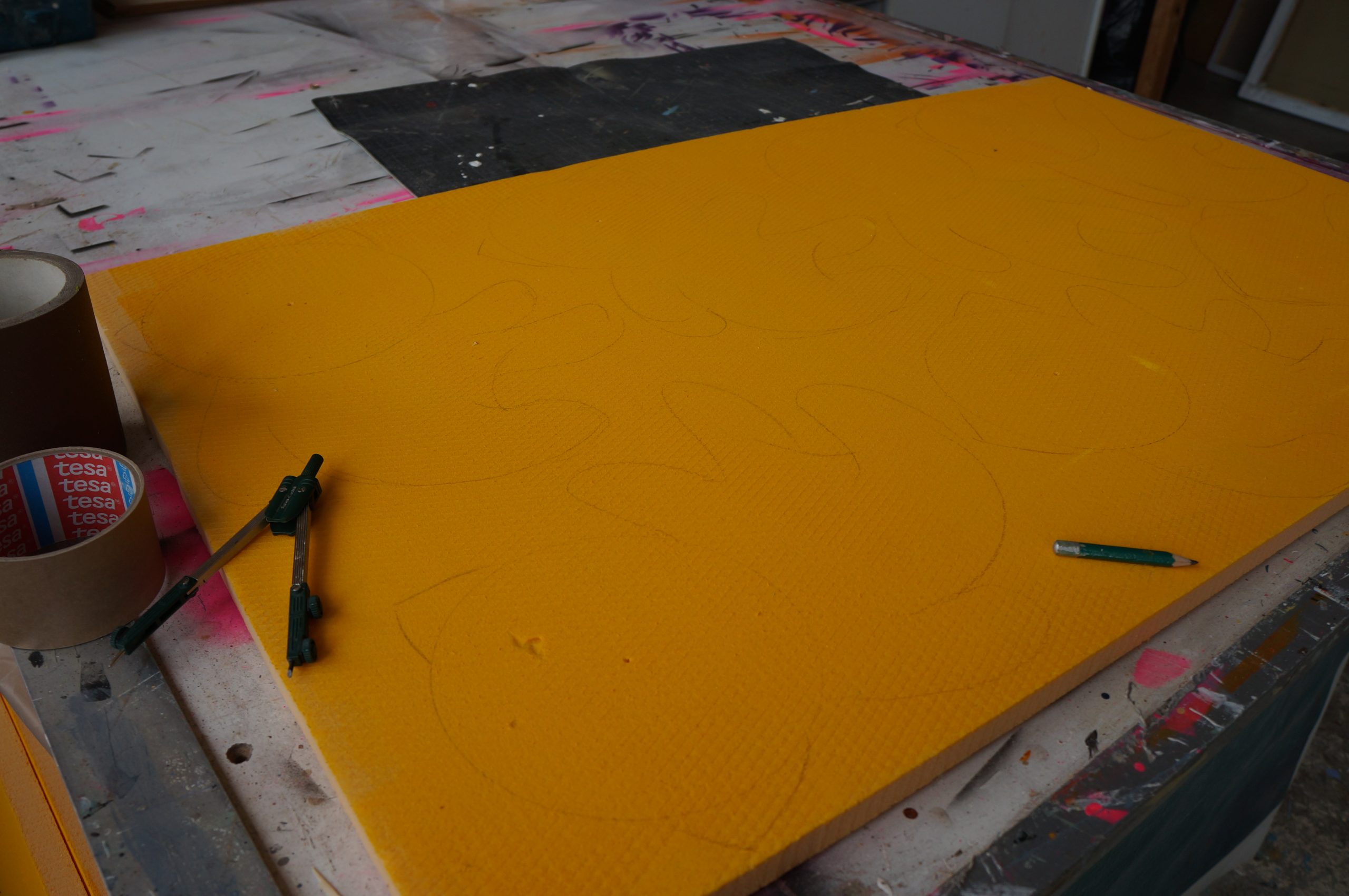
Unlike some conventional street artists, El Bocho creates his street art in his studio in advance. He creates his art on various types of paper and pastes them onto blank walls of old buildings or houses with glue instead of painting directly onto the walls.
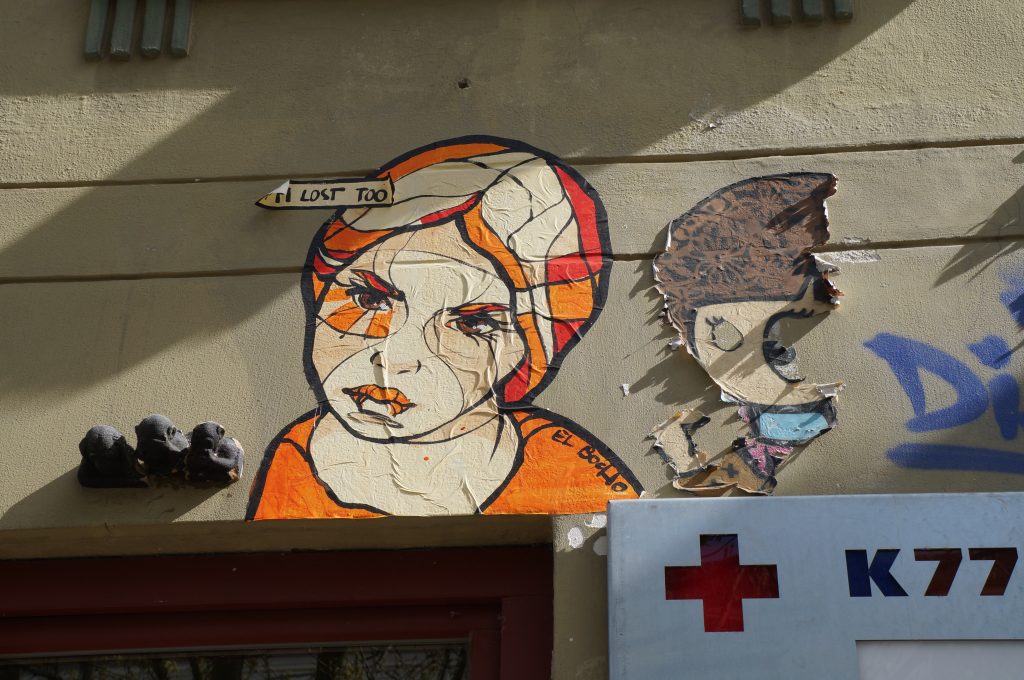
In this case his art can be taken down if he is caught. “And I like the idea that it’s a temporary installation,” he says. “So after a while the city and the time and the weather change the art.”
